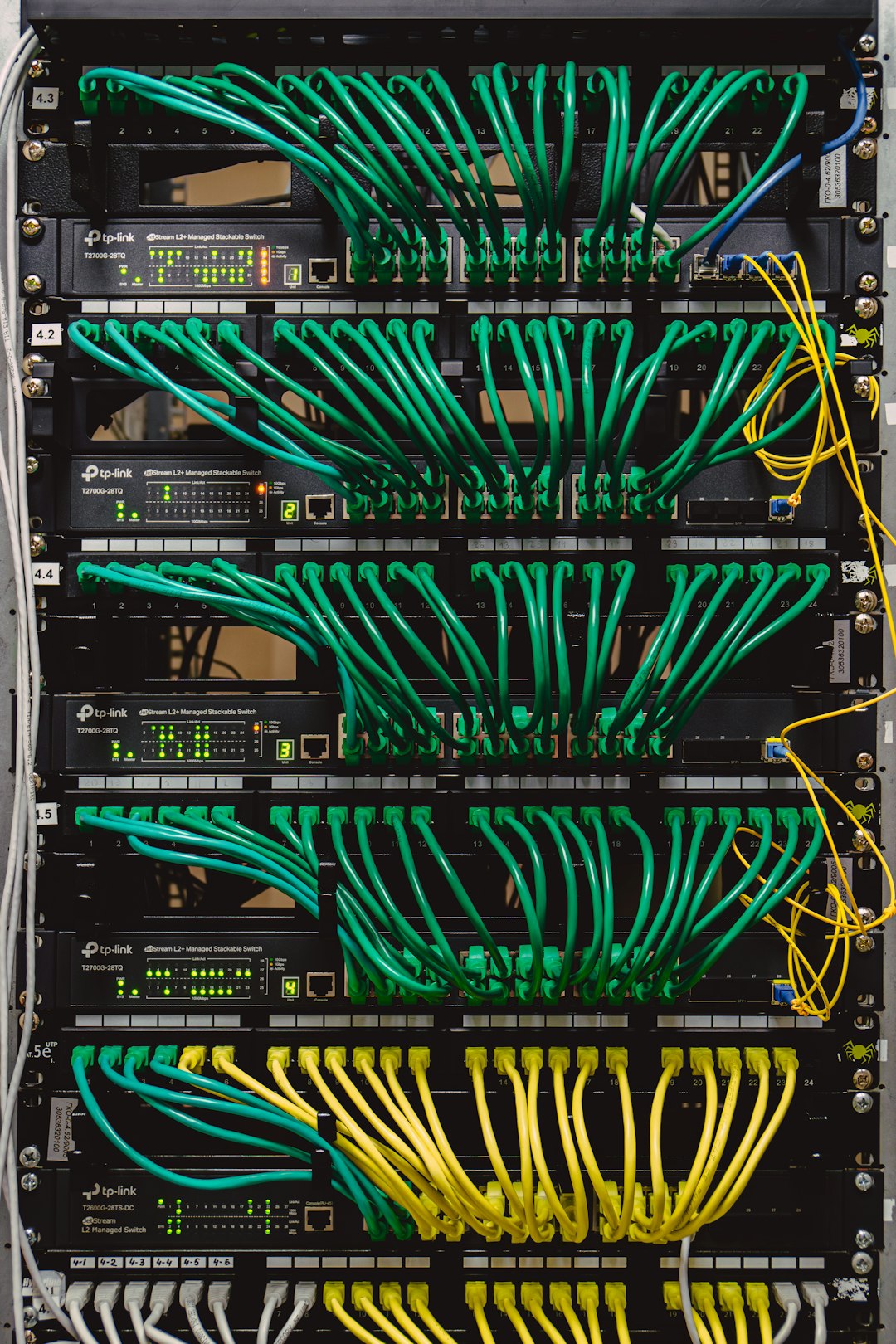nftables vs iptables — Which Firewall Should You Use in 2025?
4 min read
For decades, Linux administrators have relied on iptables to manage network traffic and protect systems. But as we approach 2025, a growing number of professionals are turning toward nftables — the more modern packet filtering and firewalling framework integrated into the Linux kernel. With both options still actively in use, choosing the right tool for your infrastructure can be a daunting task. In this article, we’ll take a careful look at nftables vs iptables, analyzing their strengths, weaknesses, and suitability for modern environments.
Background: Understanding iptables and nftables
iptables has been the de facto standard for Linux firewall management since the early 2000s. It sits on top of the Linux kernel’s netfilter subsystem and allows administrators to write rules that manage traffic via tables like filter, nat, and mangle. Over the years, iptables has grown increasingly complex, particularly with the advent of IPv6, requiring duplicated rule sets and leading to performance challenges.
To address these limitations, the Linux community developed nftables, introduced in Linux kernel 3.13 (2014). It provides a unified framework to handle IPv4, IPv6, ARP, and more using a simplified rule syntax. In recent years, major Linux distributions — including Fedora, Debian, and Ubuntu — have begun adopting nftables as the default firewall solution.

Ease of Use and Configuration Syntax
One of the biggest improvements nftables brings over iptables is its concise and consistent syntax. Here’s how they compare:
- iptables: Each family (IPv4, IPv6) and function (filter, nat) requires a separate binary and command set —
iptables,ip6tables,arptables, etc. - nftables: Uses a single command line utility,
nft, through which administrators can control all network families and actions.
Consider a simple rule to allow SSH traffic:
iptables:
iptables -A INPUT -p tcp --dport 22 -j ACCEPT
nftables:
nft add rule inet filter input tcp dport 22 accept
The nftables syntax is easier to read, allows for reuse of constructs like named sets, and supports conditional expressions similar to programming logic. This improves scalability in complex environments.
Feature Set and Capabilities
While iptables and nftables offer fundamentally similar capabilities — filtering packets, NAT routing, logging — nftables introduces a host of enhancements:
- Unified rule management: A single rule set can handle both IPv4 and IPv6, reducing duplication and simplifying maintenance.
- Sets and maps: nftables supports data structures like sets, maps, and concatenations natively, which makes it more powerful for managing large rule sets efficiently.
- Improved performance: Thanks to reduced memory overhead and better internal structures, nftables handles higher throughput and scales better under load.
- Atomic rule changes: Configuration changes in nftables are applied atomically — all at once or not at all — which reduces the risk of partial configurations that leave systems exposed.
- Modern logging: nftables integrates better with tools like
ulogd2for custom logging paths, structured logging, and integration with SIEM platforms.
Stability and Maturity
Given its long history, iptables remains more familiar to many seasoned Linux administrators and is still used in many production systems. It has proven reliability, abundant documentation, and broad community support.
nftables, while newer, has reached a high level of maturity. Its architecture has important long-term advantages, and its inclusion as the default firewall system in several leading Linux distros suggests that it is not only a viable replacement, but indeed the future of Linux packet filtering.

Compatibility Considerations
If you manage legacy systems or use complex scripts relying on iptables-specific behavior, migrating to nftables will require careful planning. Fortunately, most distributions provide a compatibility layer called iptables-nft, which allows you to use the traditional iptables syntax while translating rules under the hood to nftables format.
Despite this, administrators should be aware of subtle differences in behavior and performance. Legacy scripts might not support some of nftables’ newer concepts, and tools designed to parse iptables output may fail when nftables is in use.
Tooling and Ecosystem Support
With the move toward nftables by mainstream distributions, tooling support has also improved. Modern configuration management tools such as Ansible, Puppet, and Chef now support nftables modules out-of-the-box.
Monitoring and logging integration is stronger as well. nftables allows exporting structured JSON logs and supports integration with log processors like rsyslog and journalctl, offering better insights than traditional iptables output.
Performance Benchmarks
Various independent tests suggest that nftables offers improved performance, especially in scenarios with:
- Large numbers of rules
- High-frequency rule updates
- Multi-protocol (IPv4/IPv6/ARP) traffic filtering
Newer features such as counter objects and efficient rule traversal significantly reduce the CPU cycles spent processing each packet. As organizations increasingly embrace high-bandwidth environments and software-defined networking, these differences matter more than ever.
Which Should You Use in 2025?
While both iptables and nftables remain technically supported in 2025, the direction of the Linux kernel and major distributions is clear. For most forward-looking deployments, the answer is simple:
Choose nftables.
However, here are some scenarios to help guide your decision:
- Use nftables if:
- You are deploying new infrastructure on a recent Linux distribution (2020+)
- You require advanced features like maps, sets, or atomic rule updates
- You are managing both IPv4 and IPv6 traffic
- You are looking for performance optimization
- Stick with iptables if:
- You rely on legacy scripts and applications incompatible with nftables
- Your team lacks familiarity with nftables and requires more time for training
- You are running older Linux kernels where nftables support is minimal
Conclusion
As network security becomes increasingly sophisticated and demanding, the tools we use to enforce it must evolve. nftables represents a significant leap forward in terms of flexibility, performance, and maintainability. While iptables is not obsolete overnight, its gradual replacement is already underway across the Linux ecosystem.
By 2025, embracing nftables isn’t just a matter of adopting a new tool — it’s a strategic decision to future-proof your Linux firewall infrastructure, streamline operations, and prepare for a more scalable and programmable network stack.
Whether you’re managing a data center, a cloud-native environment, or anything in between, understanding the strengths of nftables over iptables may just be one of the smartest moves you can make.
Make the switch — and stay one step ahead.



